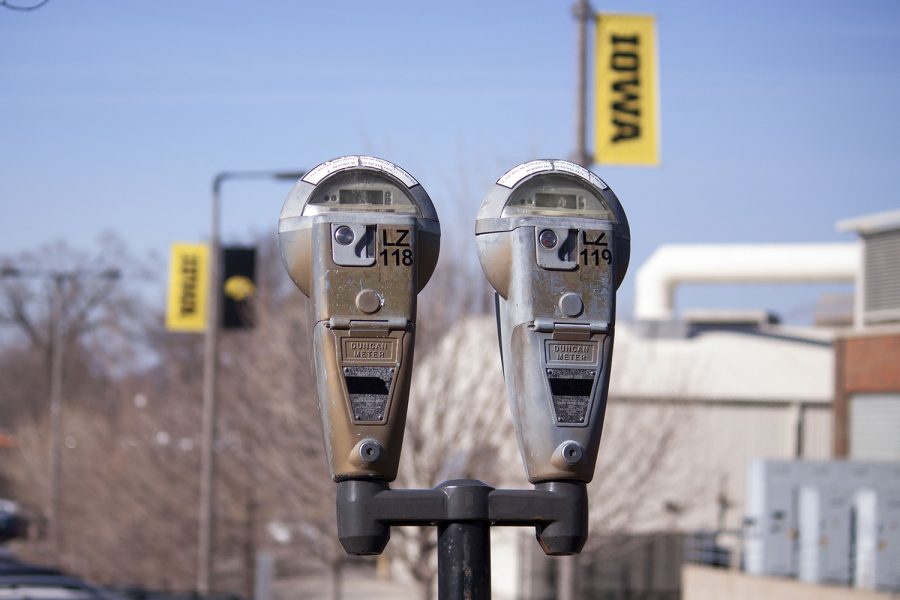University of Iowa student Tevin Robbins sat lounging on the couch at the UI’s Latino Native American Cultural Center with friend, Michael Harbravison, on a Friday evening.
Robbins’ light coffee-crème complexion is juxtaposed by his hair — a thick, rusty-red mass sitting on top of his head.
"I don’t even know what type of skin color I am," Robbins said. The 19-year-old, part Cherokee, African American, and white, makes the statement not out of confusion but merely the inability to choose.
Robbins is one among an increasing number of Iowans who identify as more than one ethnicity, according to data from the 2010 U.S. Census released in March. The number is still small — fewer than 2 percent of Iowans identified themselves as more than one race — but it is a 68 percent jump from 2000.
Growing up for Robbins was difficult because of his complexion. Too light, he said, to pass as African American, but dark enough to not pass as white. He never felt accepted in any one "group."
"Why do I have to choose to identify as something?" he said. "I’m not one ethnicity."
The 2010 census was the first time researchers were able to use the comparable data. In Johnson County, there has been a 77 percent increase. And at the University of Iowa, 223 students identified as two or more ethnicities in the fall of 2010 — an increase from the 133 students in 2009, when the UI first began collecting such data.
Overall, the census shows a 60 percent increase in minorities in Iowa.
"This is a group whose choices have changed," said Mary Campbell, a UI associate professor of sociology.
Campbell said roughly 40 years ago, people who had more than one ethnicity faced the pressures to identify with a single one, but now, social change has eased such constraints.
UI freshman Connor Perkins grew up with an African American father and a white mother. She never thought of herself as either until confronted by a high-school teacher.
"She asked me if I was ashamed of my African American heritage because I don’t act black enough," Perkins said, remembering being caught off-guard by the blunt question.
"I was like 14; I didn’t know what to do," she said. "So I was like, ‘No, I’m both. I just like who I am, and in order to act black, I don’t think you can even do that, and I don’t want to live out a stereotype. I just want to be who I am and who I was raised.’ "
Campbell said today’s multi-ethnic people don’t have to succumb to past standards.
"We have this myth that you are born with a race, and you stay that way," she said.
Robbin’s friend Harbravison said he identifies primarily as Latino, growing up in a Spanish-speaking household.
"Identity is something you can passively accept or actively pursue," the 20-year old said.
Harbravison chose to pursue his identity after reading the book Third Culture Kids: The Experience of Growing Up Among Worlds, by Ruth Useem. Through this, he felt more tied to his two histories.
"It made me understand people like me," he said.
Though data for the increase are relatively new, especially on college campuses, it will be sometime before officials can accurately grasp identity, said UI Chief Diversity Officer Georgina Dodge.
Dodge herself is of mixed ethnicity. Her father, an African American, served in the U.S. military and was stationed in South Korea. During the Korean War, he met Dodge’s mother.
As a military family, Dodge said, she and her parents traveled a lot and lived at one point in Japan. In a country with a strong sense of nationality, she said, it was strange not be perceived as a Korean.
"It’s was very interesting to be seen there as a person of mixed race," she said.
Dodge agreed sometimes just checking a box in surveys such as the census can be tricky.
"The fact that not only as law changes … it always takes social acceptance time to catch up," she said. "And I think we’ve certainly been seeing that happen."






